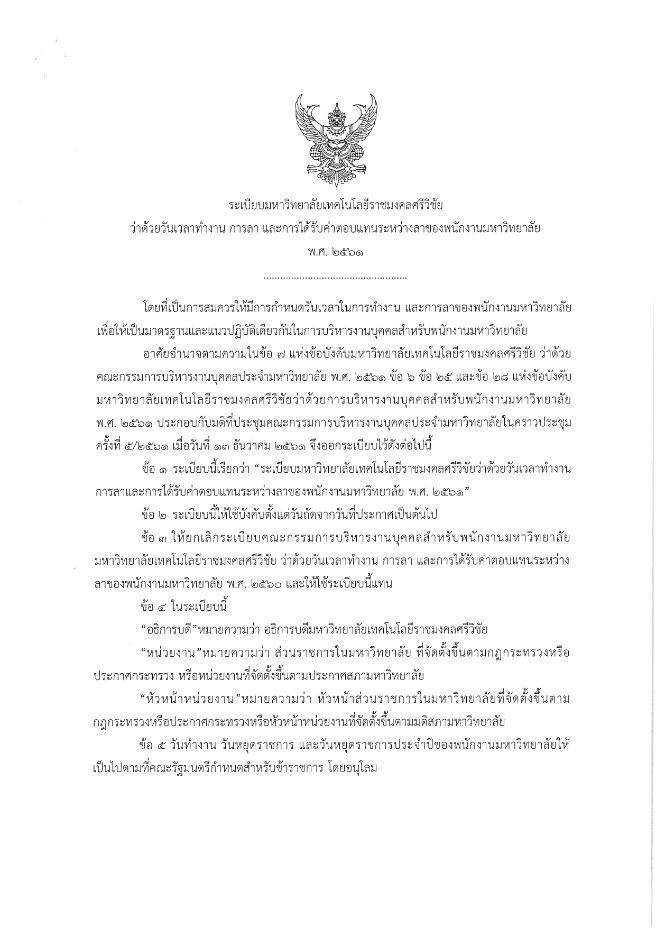Reporters: Asst.Prof.Dr. Prapot Maliwan
Assoc.Prof.Dr. Pornsil Seephueak
Asst.Prof.Dr. Nion Chirapongsathonkul
Asst.Prof.Dr. Worawitoo Meesook
Evidence Date: during 2024 Jan-Dec
Related Indicators: 15.3.4
Details:
Napier grass (Pennisetum purpureum) is one of the most productive tropical forages widely used in livestock feeding systems, particularly for ruminants such as cattle, buffaloes, and goats. It is valued for its high biomass yield, adaptability to diverse soil and climatic conditions, and capacity to grow throughout the year. However, the rapid expansion of Napier grass cultivation without adequate land-use planning can lead to ecological imbalances, including deforestation, soil degradation, and excessive water use. Therefore, an integrated policy framework is required to ensure that the cultivation and utilization of Napier grass contribute to sustainable livestock production while maintaining ecological integrity and environmental health.
The primary objectives of this policy are to promote the sustainable use of Napier grass as a renewable feed resource and to ensure that its cultivation supports, rather than threatens, the natural environment. This includes optimizing land use for forage production, improving soil fertility, conserving water, and maintaining biodiversity in agricultural landscapes. The policy also aims to enhance farmers’ resilience to climate change by reducing dependency on imported feed materials and encouraging the adoption of environmentally friendly practices. In doing so, the policy aligns with the broader goals of sustainable agriculture and circular bioeconomy development.
This policy promotes the use of degraded or marginal lands for Napier grass cultivation instead of forest or watershed areas to prevent habitat loss. Intercropping Napier grass with leguminous plants is encouraged to enhance soil nitrogen content and reduce chemical fertilizer dependency. The adoption of efficient irrigation systems such as drip irrigation is recommended to conserve water resources. Farmers should be encouraged to apply organic fertilizers and utilize residual biomass for composting or biogas production, thereby minimizing waste and greenhouse gas emissions. The use of herbicides and chemical inputs should be strictly regulated to prevent environmental contamination.
Capacity-building programs are essential to equip farmers and local communities with knowledge of sustainable cultivation, harvesting, and feed preservation techniques. Research and innovation should focus on improving Napier grass varieties with higher feed value, drought tolerance, and disease resistance. The government, academic institutions, and private sectors should collaborate to establish guidelines for environmental impact assessment and sustainable forage production standards. Local authorities should also be empowered to monitor land use changes and support participatory decision-making to balance economic productivity with ecological preservation.
The sustainable utilization of Napier grass for animal feed requires a holistic approach integrating agricultural productivity, environmental stewardship, and community participation. By implementing eco-friendly cultivation practices, optimizing resource use, and conserving biodiversity, Napier grass can serve as a model crop for green livestock production systems. This policy encourages a transition from conventional intensive feed production toward an ecologically balanced model that ensures long-term food security, ecosystem stability, and environmental well-being. In essence, Napier grass can become both a key resource for sustainable livestock development and a vital component of environmental conservation efforts.
The Animal Science Program, Faculty of Agriculture, has assigned students in the courses Basic Skills in Animal Science and Specific Skills in Animal Science to conduct the preparation of Napier grass silage. The purpose of this activity is to produce a reserve feed source for beef cattle, dairy cattle, and goats during the dry season. The process is carried out as follows: The ensiling process of Napier grass involves harvesting the forage at an optimal growth stage, typically when it reaches 1.0–1.2 meters in height, to ensure a balance between yield and nutrient quality. The grass is then chopped into small pieces of about 2–3 centimeters to facilitate packing and fermentation. If the moisture content exceeds 70%, the material should be wilted under shade for several hours to reduce excess water. Molasses or other fermentable carbohydrates may be added at 3–5% of fresh weight to enhance lactic acid fermentation. The chopped grass is packed tightly into airtight silos, plastic drums, or trench pits to exclude oxygen. Proper compaction is essential to promote anaerobic conditions and prevent spoilage. The silos are sealed with plastic sheets and weighted to maintain airtightness. Fermentation typically takes 21–30 days, during which lactic acid bacteria convert sugars into organic acids, lowering the pH to about 3.8–4.2. Once fermentation is complete, the silage should have a pleasant, slightly acidic smell and retain a greenish color. Well-prepared Napier grass silage improves feed efficiency, nutrient availability, and year-round forage supply for livestock.
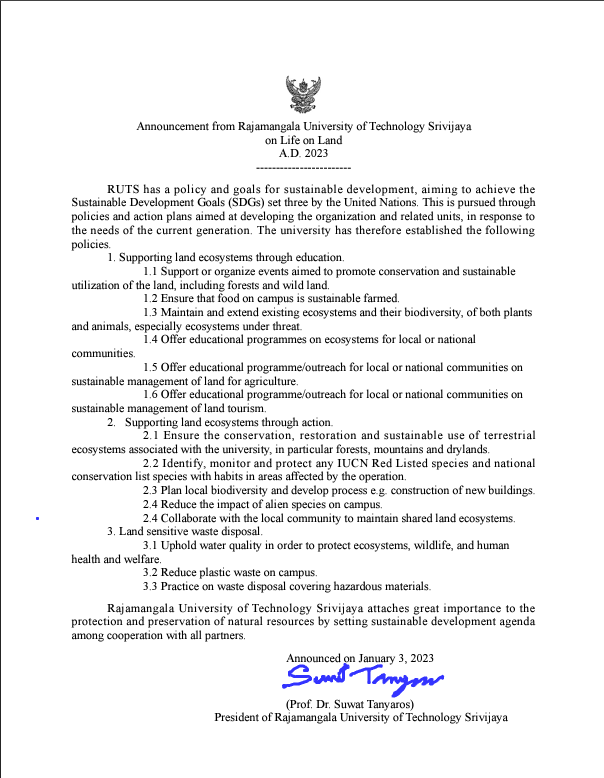
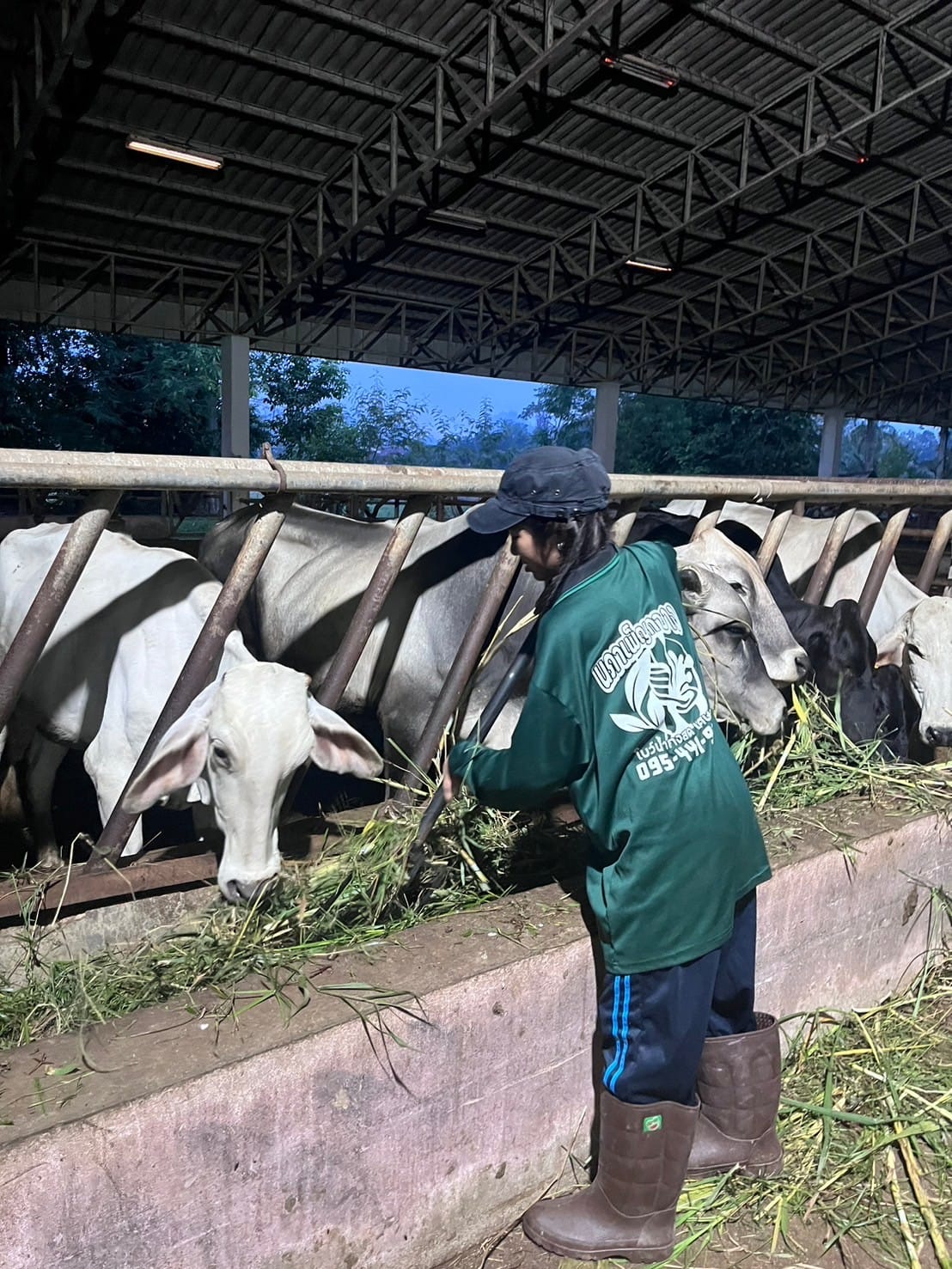
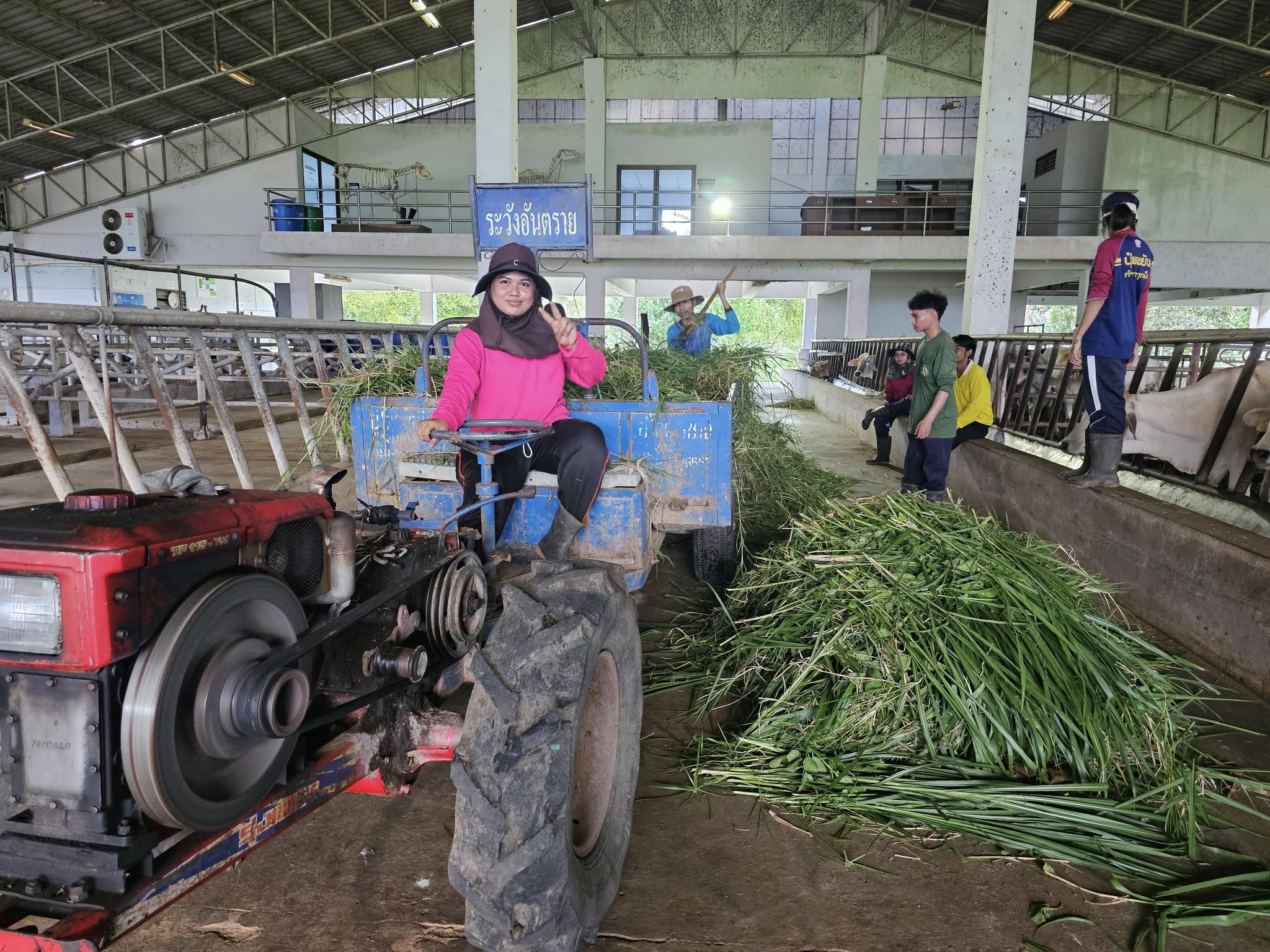
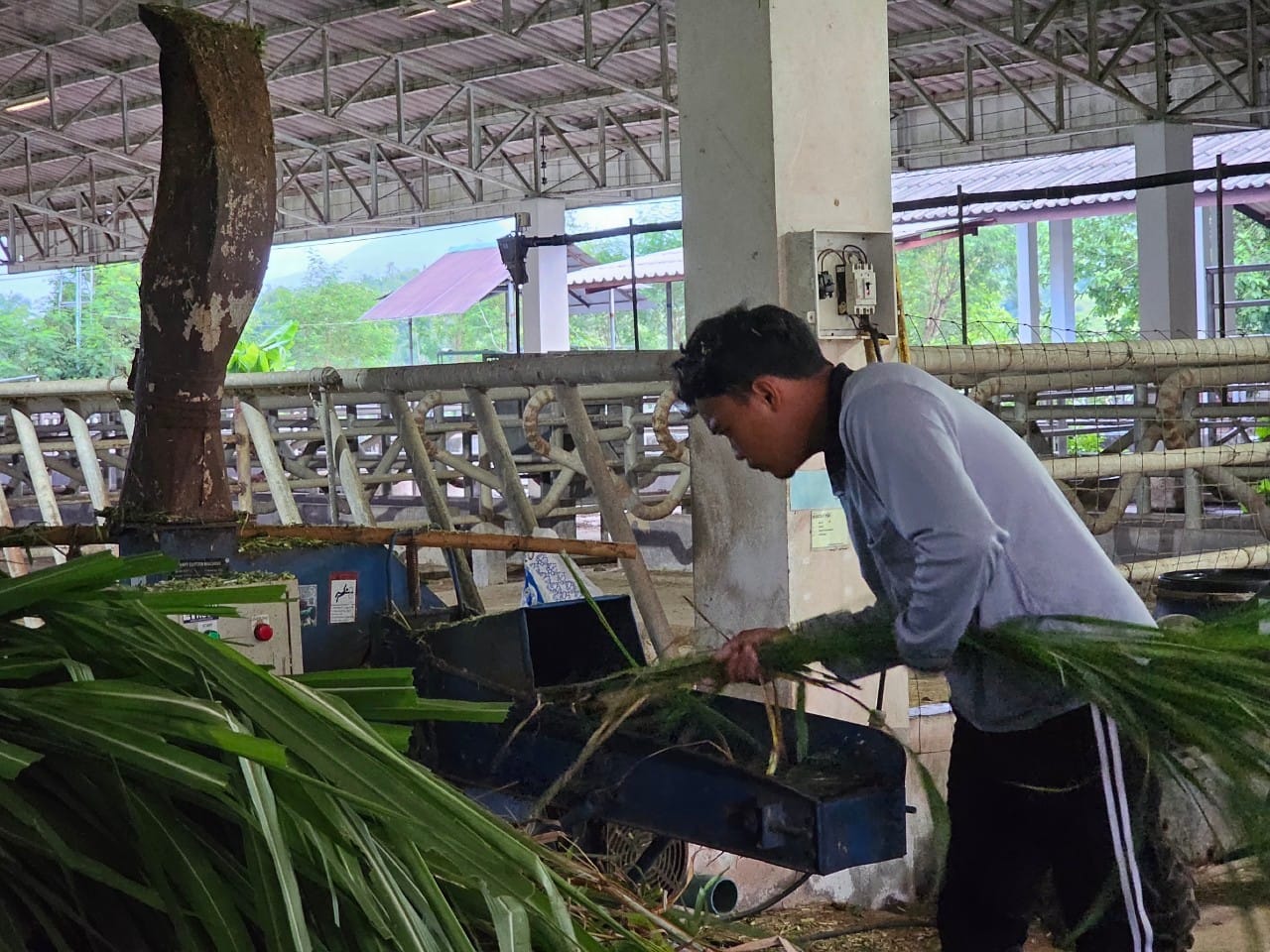
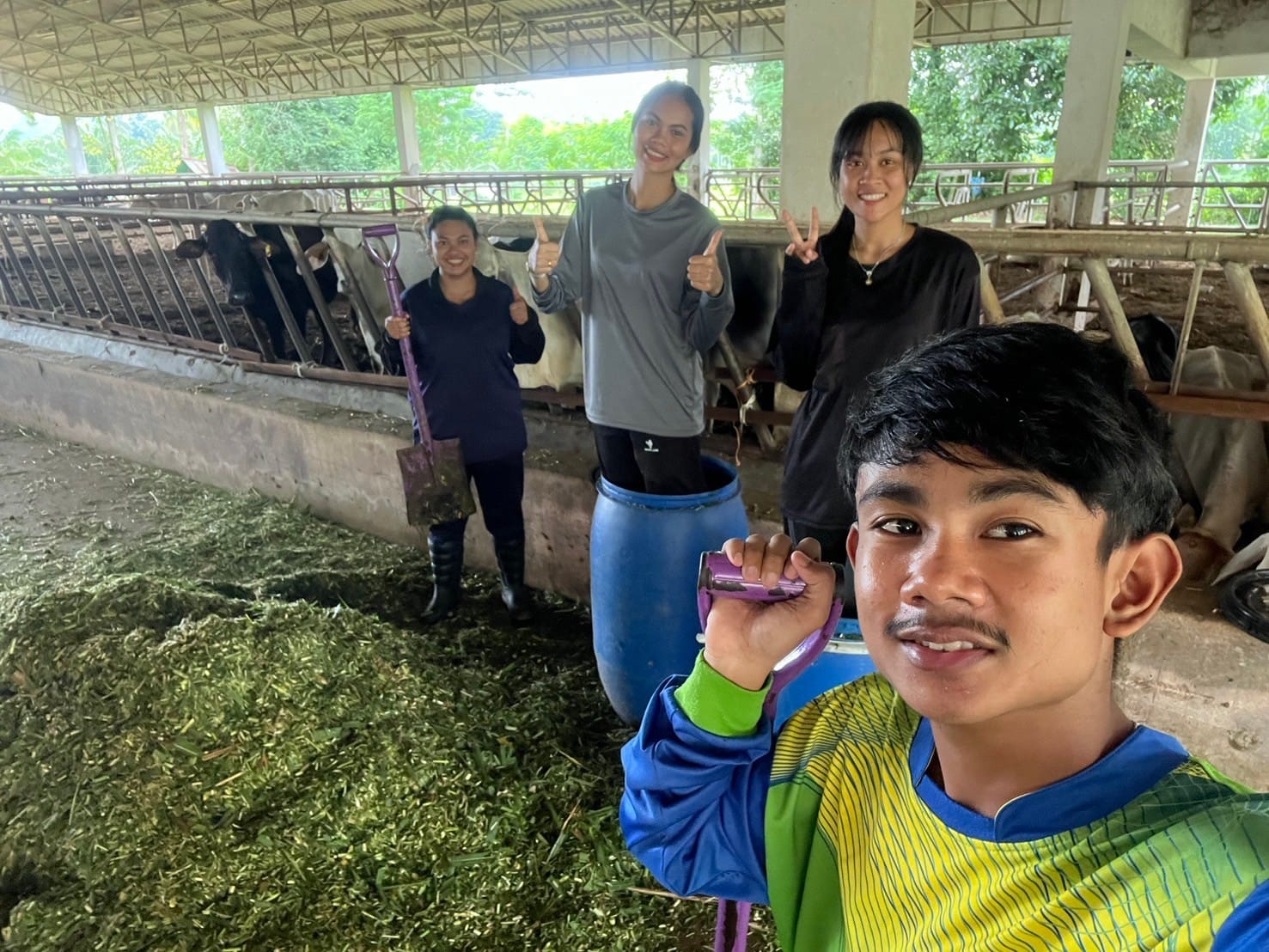
Related Links:


